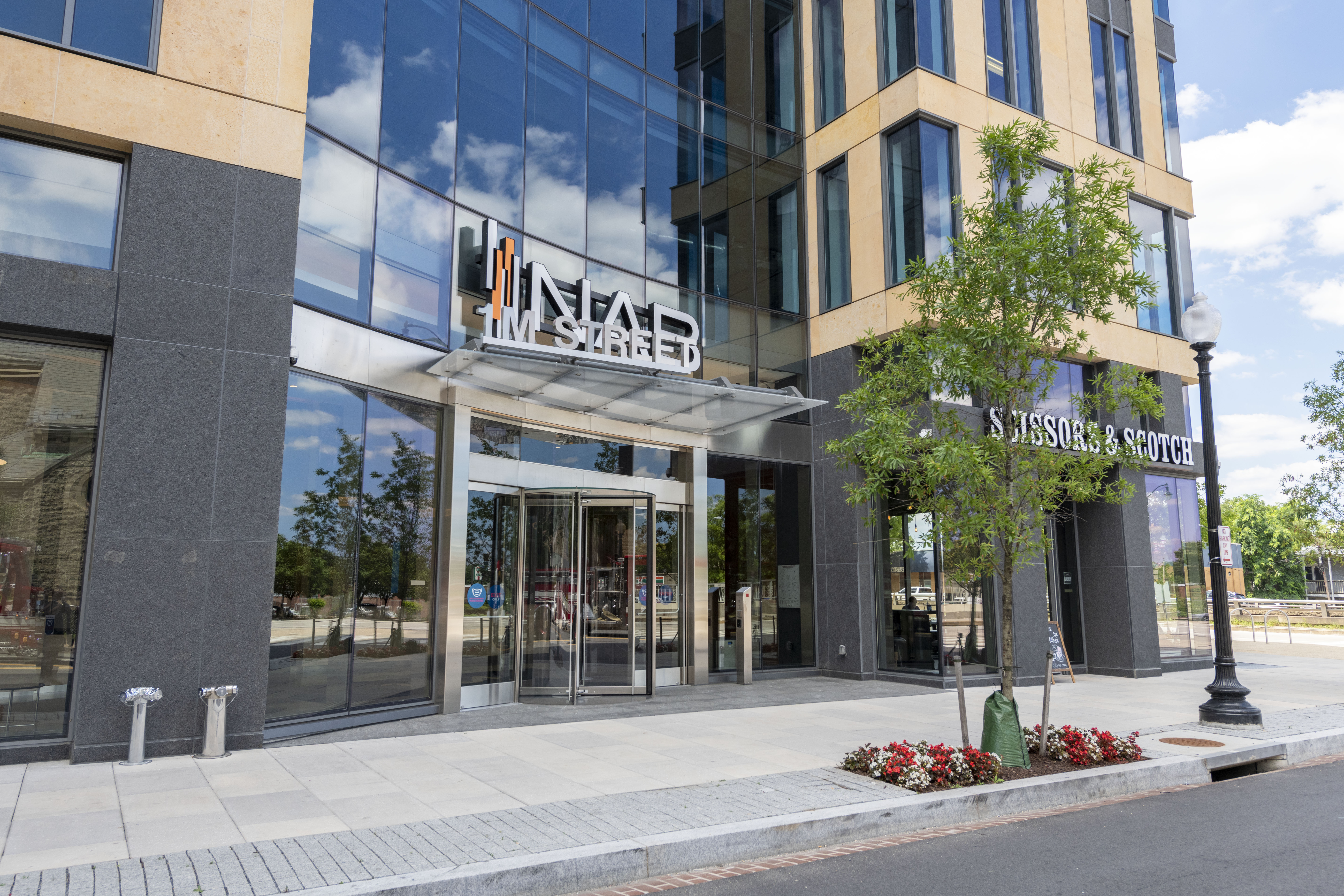Hybrid Cloud: Moving Beyond On-Premise Media Asset Management
In the 1957 movie “Desk Set”with Spencer Tracy and Katherine Hepburn, the story line revolves around the introduction and use of a computing machine (EMERAC) at a network broadcaster to help improve efficiencies. In today’s real world of media asset management, workflow efficiency and throughput are still top-tier goals, but are now achieved through innovative Media and Entertainment (M&E) software apps and in cloud computing. The varied and diverse solutions available today enable management to better handle all aspects of MAM. In fact, the more recurrent or complex a given workflow, the more beneficial these solutions become to automate the steps in managing the business of content.
Unfortunately, at some firms, investments are being made at a department level leading to “islands of automation” with duplication of content, huge costs and a lack of agility and collaboration. These poorly integrated technology stacks are insufficient to meet the needs of a rapidly evolving digital media landscape that includes the challenge of managing, producing, repurposing, distributing and monetizing large volumes of content.
In recent years, companies have struggled with conventional OTS (off the shelf) or homegrown MAM software in an attempt to solve these issues, but the solutions lack scalability across diverse departments and locations, and do not support strong upstream and downstream collaboration across the content supply chain. Media enterprises that invested heavily in on-premise MAM software often did so because of a lack of high-speed IP networks, integration with existing legacy production and broadcast systems, and a reduced dependency on internet performance and local area connections. In addition, on-premise deployments were subject to data storage restrictions and had a fixed production environment due to slow software upgrade cycles.
CONSUMER VIEWING HABITS
Stepping back for a moment, the need for improved management of all aspects of the business can be attributed in part to the change in consumer viewership behavior. New behaviors are driving second screen viewing, personalized viewing instead of family viewing and instant gratification through binge watching instead of regular drip-fed consumption of content. These changes shape the need for more high-quality premium entertainment content, increasingly targeted to specific audiences rather than the one-size-fits-all content approach of television. Going forward, personalization will remain the central theme of any TV viewing experience. This will drive innovation in content and ad targeting, especially in the over-the-top multiscreen space. Content creators will be tasked with the need to offer relevant and engaging content like never before.
The changes in viewing behaviors have also driven an increase in third-party content production houses. To best take advantage of these newly available content sources, M&E enterprises need tightly embedded content logistics workflows, with seamless integration across departments within the enterprise—production, marketing, technical operations and multiplatform distribution. Just like other industries, M&E enterprises should adopt an enterprise resource planning (ERP) solution that can act as a one-stop-shop to manage, review, process and publish content across all the platforms and devices of the broadcast universe.
More specifically, what they need is a media ERP suite that automates the content supply chain and builds a connected enterprise using both cloud and on-premises resources. An automated content supply chain is different from a conventional content supply chain as it can more quickly cope with changes and enables stakeholders to collaborate anytime, anywhere, on any device.
In the hybrid cloud model, the application software (MAM, database, BPM and enterprise service bus) and metadata are on the cloud while content storage, streaming, transcoding, auto QC and accelerated file delivery applications are on premise. Designers can partition workflows across the private side and the public side—based on a variety of drivers—and achieve the security, reliability, performance and reach that are needed for each function.
ENHANCING WORKFLOWS
In essence, hybrid cloud technology brings content to the center of the business, automates business processes and ensures concurrence and mobility of workflows using the same virtual resources. It provides strong integration with legacy systems and enables workflow orchestration across enterprise, supply chain and partner ecosystems. This in turn helps organizations enhance efficiencies and reduce costs.
Other advantages of SaaS (Software as a Service) based ERP are many. For instance, end users pay only for the services they use and the scale they need, knowing they can move up or down the functionality/scale ladder as necessary. Moreover, centralized software execution and management requires no end user software patching/upgrading; it can be deployed for small, medium or large systems and has rich APIs available for customization as needed.
Moving MAM to the cloud with solutions like Prime Focus Technologies CLEAR Media ERP vastly improves throughput and workflow efficiencies for every aspect of the content production, management and distribution while lowering total cost of operations (TCOP). As viewing behaviors continue to evolve, broadcast and production facilities will inevitably require new MAM solutions to remain competitive and relevant in the market. Prime Focus Technologies' CLEAR Media ERP with Hybrid Cloud infrastructure just may be the perfect solution they’ll be looking for.
T Shobhana is vice president and head of global marketing & communications for Prime Focus Technologies.
Get the TV Tech Newsletter
The professional video industry's #1 source for news, trends and product and tech information. Sign up below.
